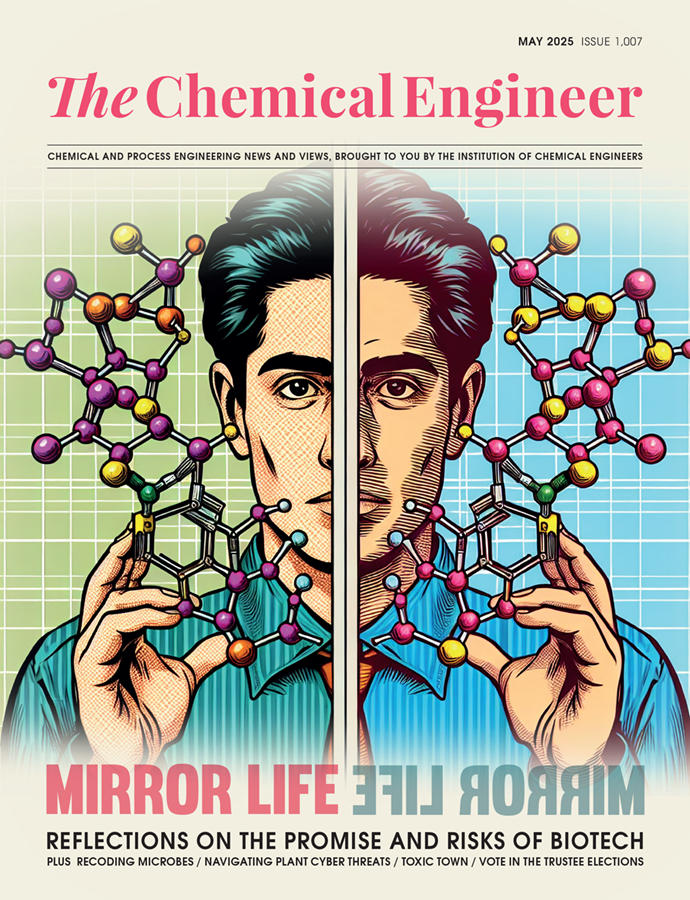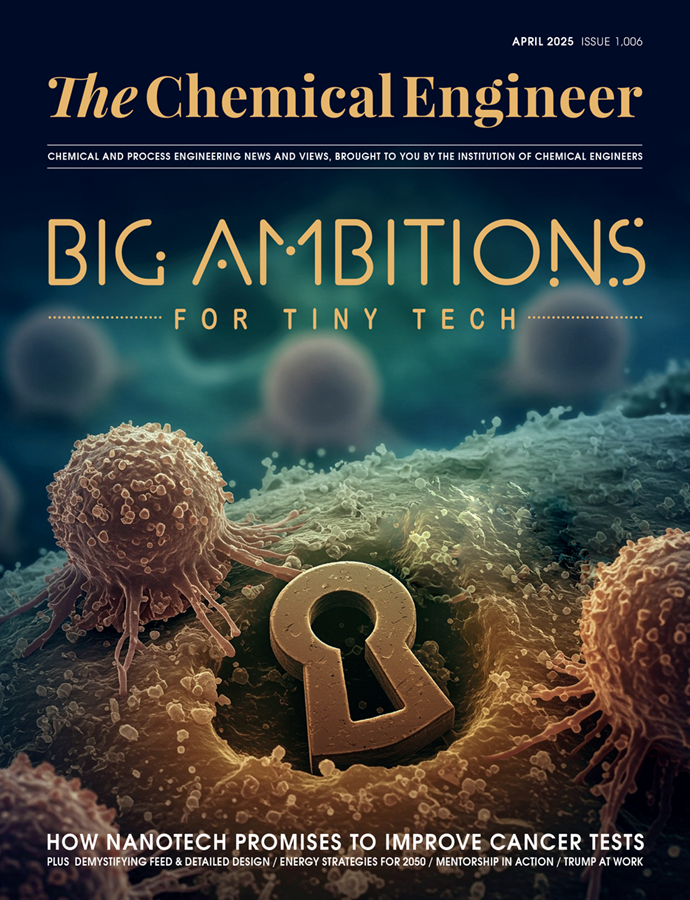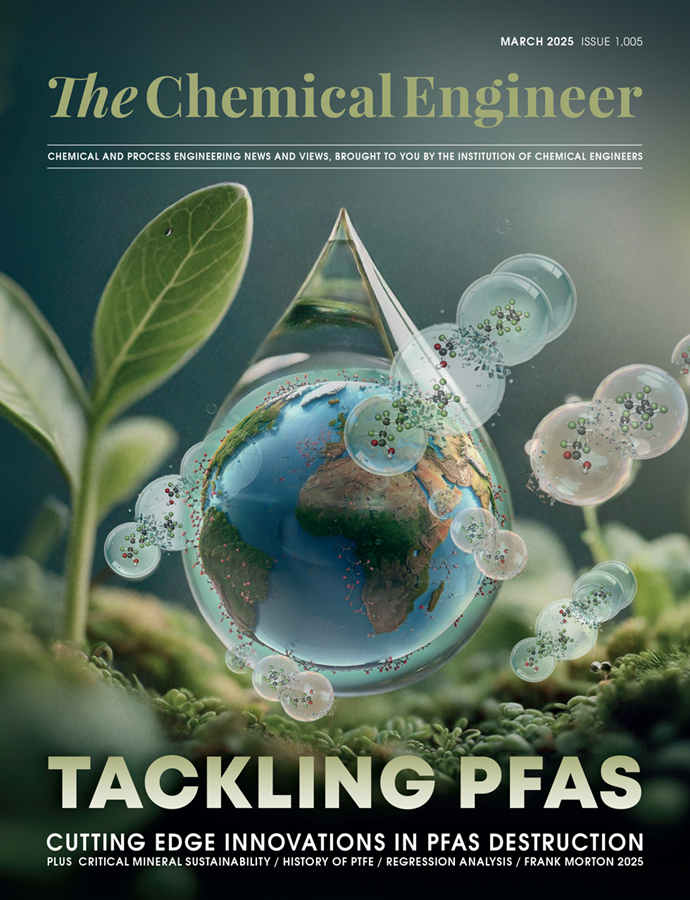869 results found
How a new process to recycle carbon fibre composites led to a race-ready kayak
Type: Feature
Air Products shares how it replaced the cryogenic distillation columns at an ageing industrial gas plant without compromising supplies
Type: Feature
Pfizer adds AZ antibiotics to portfolio
Includes Zaficefta and Merrem for serious infections
Type: News
Operation Ghoul hunts engineering industries
Cybercriminals use malware to access corporate data
Type: News
AB InBev to cut 576 UK jobs after merger
SABMiller operations to be “significantly impacted”
Type: News
Making nail polish while producing hydrogen
Efficient process saves high-energy purification
Type: News
EDF investors agree fundraising for Hinkley C
€4bn equity edges project closer to final decision
Type: News
THERE is a recurring number that despite magnificent developments in technical safety doesn’t seem to go away. That number is 80, and it relates to the percentage of incidents that in some way has been contributed to by a human. It is a recurring average across industry and in different settings. Looking on the bright side, it means that there is huge scope to make a significant improvement.
Type: Feature
Hybrid Airship: No Roads, No Problem
MORE than two-thirds of the world’s land area and more than half the world’s population have no direct access to paved roads. This lack of infrastructure presents incredible challenges for the resource extraction industries and has left many identified deposits undeveloped, including the Ambler region of Alaska, deposits in sub-Saharan Africa, and regions in the Andes.
Type: Feature
IN 1976, George Box opined: “All models are wrong, some are useful.” How do we assure that a model is not sufficiently wrong that it is useful? A useful model is one that adequately predicts the results under the conditions and scale required for design or a process simulation. Most models of course are not derived at design scale. We are inevitably working outside the envelope of model derivation. So how do we build confidence that the extrapolation is adequately correct that the results may be trusted?
Type: Feature














